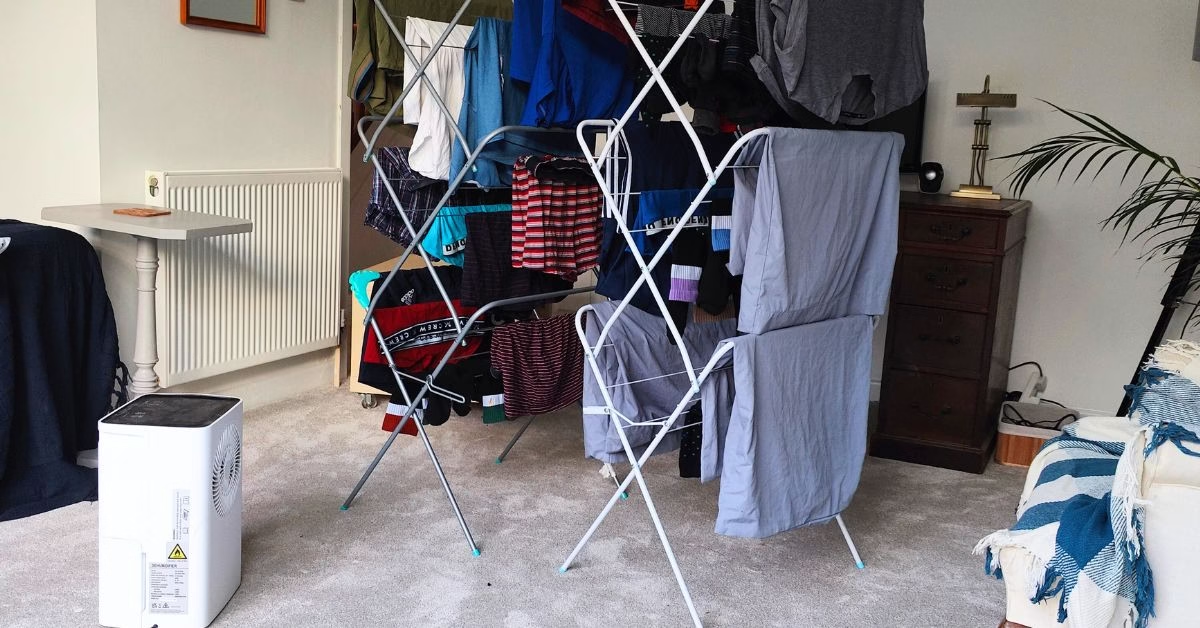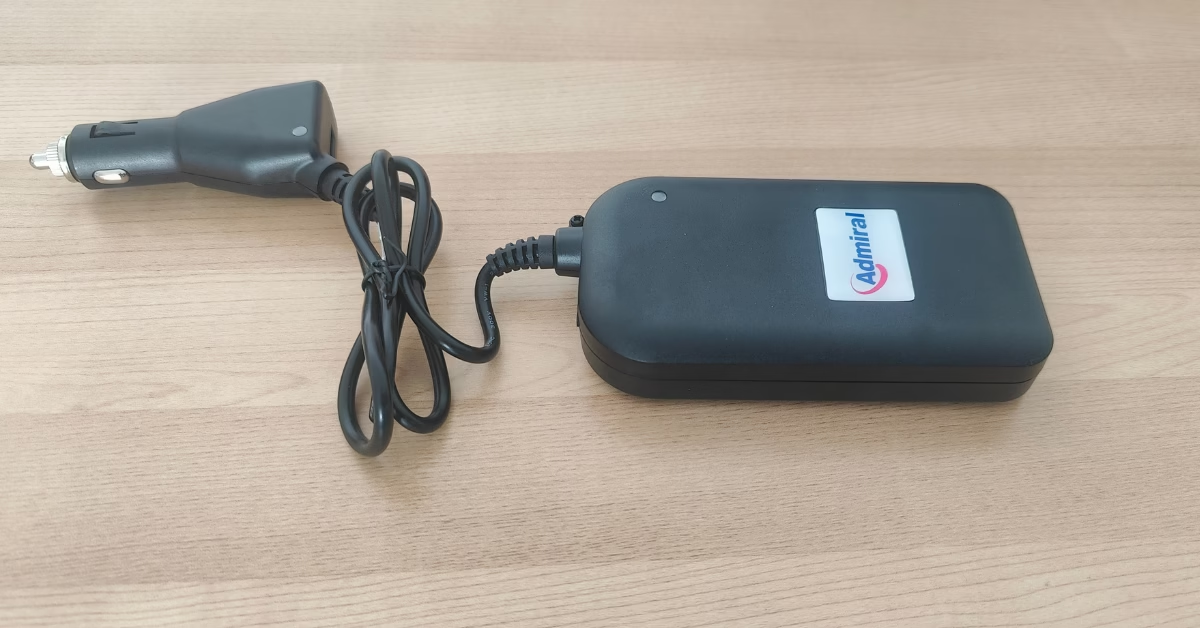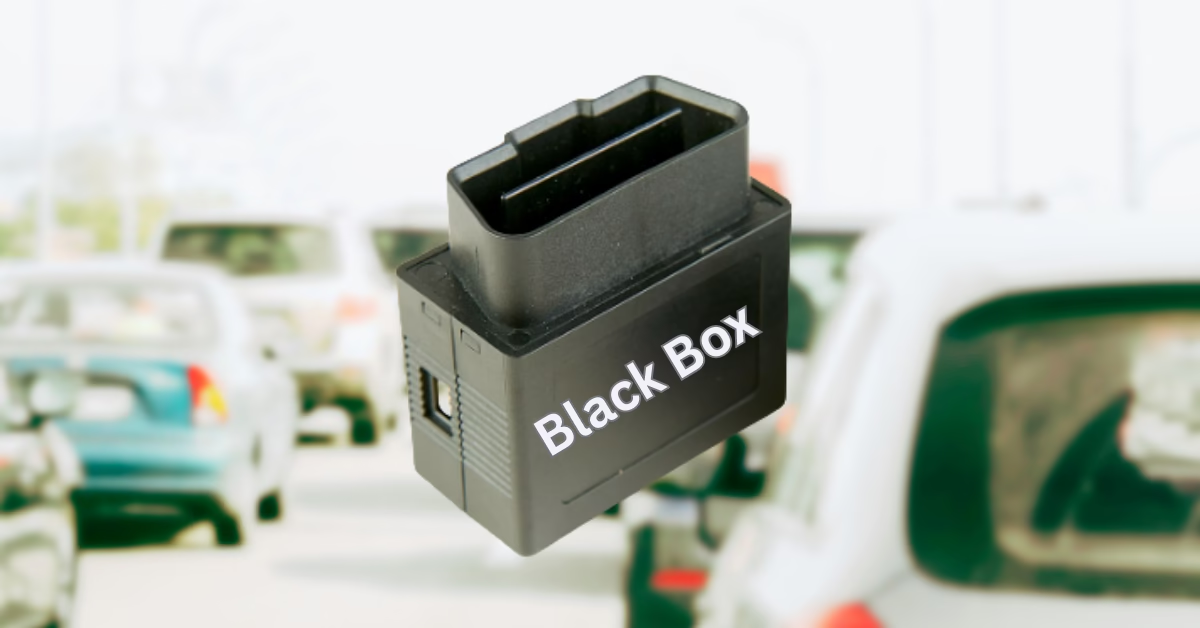I don’t have a tumble dryer, mainly due to a lack of space. So, to dry clothes during the winter months, I hang them out on an airer and have a small dehumidifier running, it works really well.
Tips for Using A Dehumidifier To Dry Clothes
I’ve seen plenty of online articles advising on how to use a dehumidifier to dry clothes quickly and efficiently.
Some of the more popular ones are:
- Keeping the door closed to the room that the clothes are drying in
- Turning heating on. Hot air holds more moisture than cold air, allowing the dehumidifier to capture more moisture
- Keep windows closed in the drying room
- The smaller the room for drying clothes the better
- Remove clothes from the airer as they dry
How I Dry Clothes Using A Dehumidifier
I don’t think there’s any magical way of drying clothes with a dehumidifier. I basically hang clothes on an airer and then turn on the dehumidifier
- Hang clothes on the airer
- Set the Dehumidifier to 50% and turn it on.
Note: For some reason setting the humidity level to the lowest setting doesn’t make any difference to the speed at which clothes dry. It just uses more electricity as it is constantly running - Shut all windows and doors
- Come back 5 to 8 hours later, and everything is dry.
Which Dehumidifier Is Best For Drying Clothes
From what I can tell, all dehumidifiers are much of a muchness. Obviously, if you buy a larger dehumidifier, it’s going to suck more moisture out of the air quicker than a smaller one.
The only feature that I think does stand out when buying a dehumidifier for drying clothes is if the dehumidifier fan can be directed towards clothes. The fan moves moisture away from the fabric more quickly. The dehumidifier then pulls that moisture from the air more quickly.
All the other features that distinguish dehumidifiers are ‘bells and whistles’ type features, e.g. connecting to a smart home.
Below are the top 3 selling dehumidifiers on Amazon
I went for a dehumidifier that absorbs 12 litres of moisture per day. It does a great job at drying clothes and is relatively small and light, making it easy to store away when not in use.
Downsides of Using A dehumidifier to Dry Clothes
- Emptying Water – My dehumidifier can absorb 12 litres of moisture daily, but the container can only hold 2 litres of water. This means I often have to empty the water container before the clothes are dry. It’s not a huge issue, but it would be nice to have a larger water container.
- Noise – The dehumidifier is pretty quiet, similar to the noise of a fridge when it’s actively cooling. The noise I do find a bit irritating is when the water drains into the water collector……It sounds like a man having a quick pee.
Benefits of Using A dehumidifier to Dry Clothes
- Dry Clothes Quickly – A dehumidifier definitely helps dry clothes much quicker than just hanging them on an airer in a room. Difficult to say exactly how much quicker a dehumidifier is at drying clothes, but I would say it is at least two to three times quicker.
- Prevent Mould – Without a dehumidifier to suck all the moisture out of the clothes, condensation will build up and attract mould. This is particularly bad in winter months when windows are usually closed
- Cost – Dehumidifiers have a much lower running cost than tumble dryers. However, dehumidifiers need to run for longer than a tumble dryer to get clothes dry. By my calculations (see table below), using my dehumidifier costs roughly 1/2 the price of using a tumble dryer
* The dehumidifier I use does not run constantly; it cuts in and out, so I suspect the actual cost is a bit less.
Currently my electricity rate is £0.28 per KWh
| Energy Use (Watts) | Cost per Hour | Cost per Load | |
|---|---|---|---|
| Dehumidifier | 210W | 6p |
£0.50 (8 hours drying time) |
| Tumble Dryer | 2,500W | 70p |
£1.05 (1.5 hours drying time) |
Conclusion
I’ve found using a dehumidifier a really effective way to dry clothes, especially in the winter months when hanging them outside isn’t an option. Dehumidifiers are relatively cheap to buy, at least half the price of a tumble dryer. They also cost roughly half as much to run compared to a tumble dryer.













